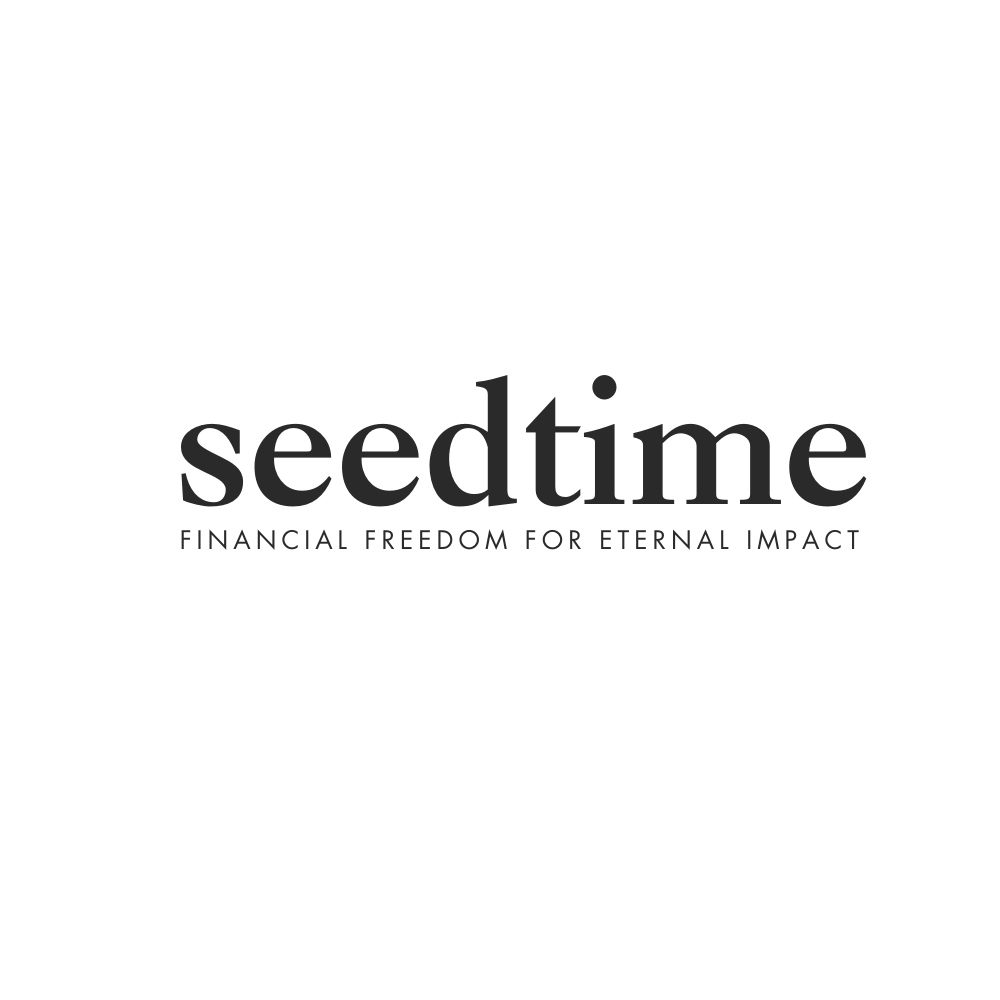Why registering for GST/HST pays off
The other excellent reason to charge GST and HST is that it pays off in dollars and cents.
One of the great advantages of being self-employed is that when you charge these taxes, you only give the government what you charged minus the GST or HST you pay on your deductible business expenses.
For freelance writers like us, this is the sales tax we pay on printer paper, internet service, professional development workshops and more. The government lets us in essence deduct the sales taxes we pay on deductible expenses from the sales taxes we charge our clients. We then pocket the difference. The amount we save each year is roughly enough to pay for a trip to Europe.
HST quick method or detailed method?
The good news is that we don’t have to add up every bit of GST and sales tax we pay on our expenses to take advantage of this. That’s because we use the “quick method” for our calculations.
The government gives you two choices for paying GST and PST/HST instalments: the “detailed method” and the “quick method.” With the quick method, you simply pay 3.6% of the 5% GST you collect. In the case of provinces with HST, it’s a percentage of the HST: so, in Ontario, you only pay 8.8% to the government from the 13% you collect.
The advantage of the quick method is that it’s much less work. You must only add up how much sales tax you charge your clients or customers. My spouse and I use the quick method and find it easy to do our calculations with an Excel spreadsheet. There is no need to keep a detailed account of the sales tax you pay on all the pens, paper, printer cartridges and more you claim as deductible expenses.
There’s another bonus to using the quick method. Governments offer a credit of an additional 1% on the first $30,000 of gross revenue. So, for example, in Ontario you pay 7.8% (instead of 8.8%) of the 13% HST you collect for that amount and pocket the other 5.2%. However, if you use the quick method, you must add the credit to your total revenue when you file your income tax return.
The detailed method involves more work, since you must add up the GST and PST/HST you paid on each of your expenses and subtract it from the taxes you collect to determine the amount you have to pay. But this calculation method is useful if your taxable expenses are proportionately high, amounting to roughly more than 50% of your income. The advantage of the detailed method is that you don’t have to add the amount you retain to your revenue when you file your income tax return.




















Discussion about this post